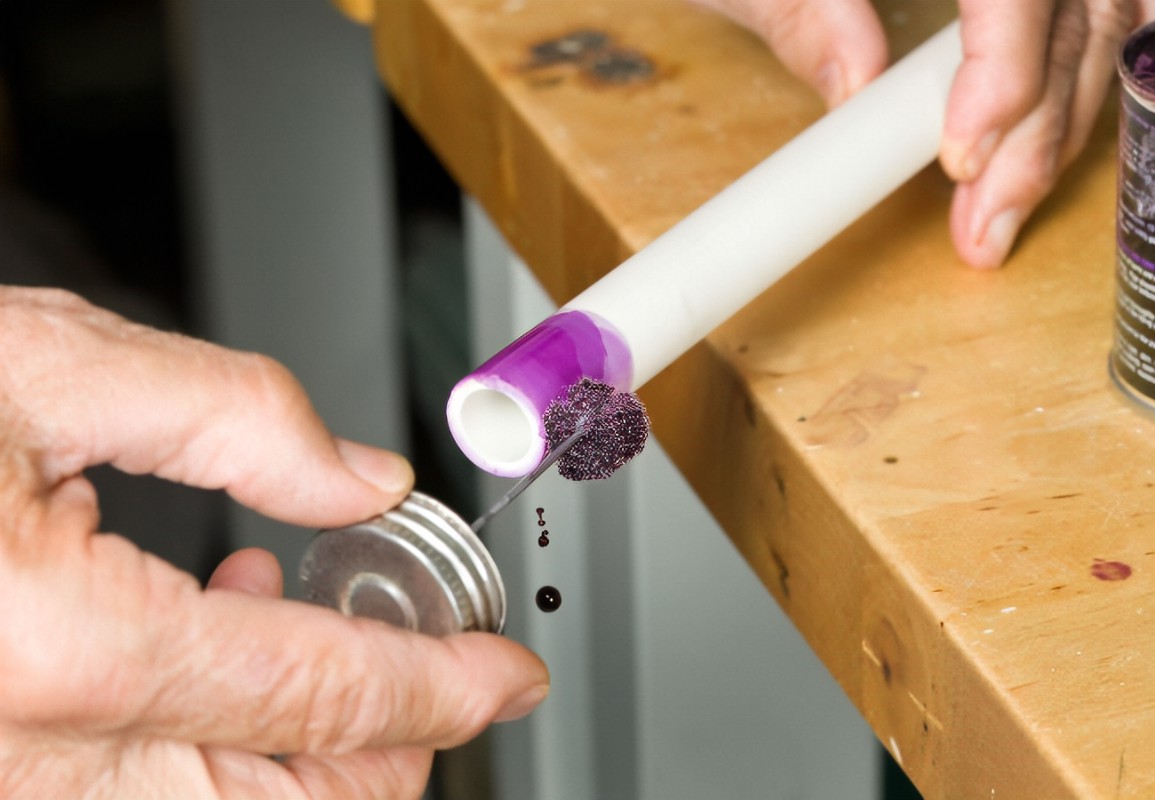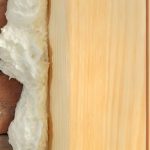Do you have a PVC project that requires vinyl to be securely attached? Gluing vinyl to PVC is a common task for many DIYers.
But it’s important that you use the right adhesive and techniques for the job.
In this article, we’ll discuss what materials you need, how to properly prepare the surface, and tips for a successful glue job.
What is PVC?
Contents
PVC stands for “polyvinyl chloride” and is a type of plastic commonly used in DIY projects.
It’s strong, durable, and easy to work with.
It can also be easily cut into different shapes and sizes with minimal effort.
What is Vinyl?
Vinyl is a type of plastic material that’s often used as an alternative to leather or fabric.
It’s very durable and can be easily wiped clean if it gets dirty or stained.
How to Glue Vinyl to PVC
Types of Adhesives for Gluing Vinyl to PVC
When gluing vinyl to PVC, it’s important that you use the right type of adhesive.
There are several types of adhesives available on the market specifically designed for this purpose, such as contact cement or vinyl glue.
Make sure you read the instructions carefully before using any adhesive so you know which one will work best for your project.
Preparing the Surface for Gluing Vinyl to PVC
Before applying any adhesive, make sure that both surfaces are clean and free from dirt or debris.
This will help ensure that the glue adheres properly and creates a strong bond between the two materials.
You can use a damp cloth or paper towel with some mild soap solution to wipe down both surfaces before applying any glue.
Applying the Adhesive for Gluing Vinyl to PVC
Once both surfaces are clean and dry, it’s time to apply the adhesive according to the manufacturer’s instructions.
Spread the adhesive evenly over both surfaces to ensure that there are no gaps or air pockets between them when they are pressed together later in the process.
Allow enough time for the adhesive to dry before moving onto the next step in gluing vinyl to PVC.
Pressing and Bonding the Pieces Together
Now it’s time to press both pieces together firmly so they form one cohesive unit with no gaps between them.
You may need someone else’s help with this step depending on how large your project is; otherwise, use clamps or weights if needed until all areas are securely bonded together without any air pockets present between them.
Finishing Touches for Gluing Vinyl to PVC
Once everything has been pressed together firmly, allow enough time (at least 24 hours) before using your newly glued item.
Due to the newly formed bond strength between both materials (vinyl and pvc), this will allow ample time for all parts of your project to adhere securely together without coming apart at any point in time.
Tips For A Successful Glue Job
To ensure success when gluing vinyl to pvc, follow these steps:
- Make sure that all surfaces are clean before applying any type of adhesive.
- Choose an appropriate adhesive specifically designed for this purpose.
- Apply an even layer over both surfaces.
- After application, press firmly.
- Allow plenty of time (at least 24 hours) after pressing before using the item.
- Always wear safety gloves and goggles when working with adhesives.
Conclusion
If done incorrectly, gluing vinyl to pvc can be difficult, but following these steps should help ensure success.
With proper preparation and application techniques and an appropriate adhesive specifically designed for this purpose, you should have no problem creating a secure bond between these two materials.






